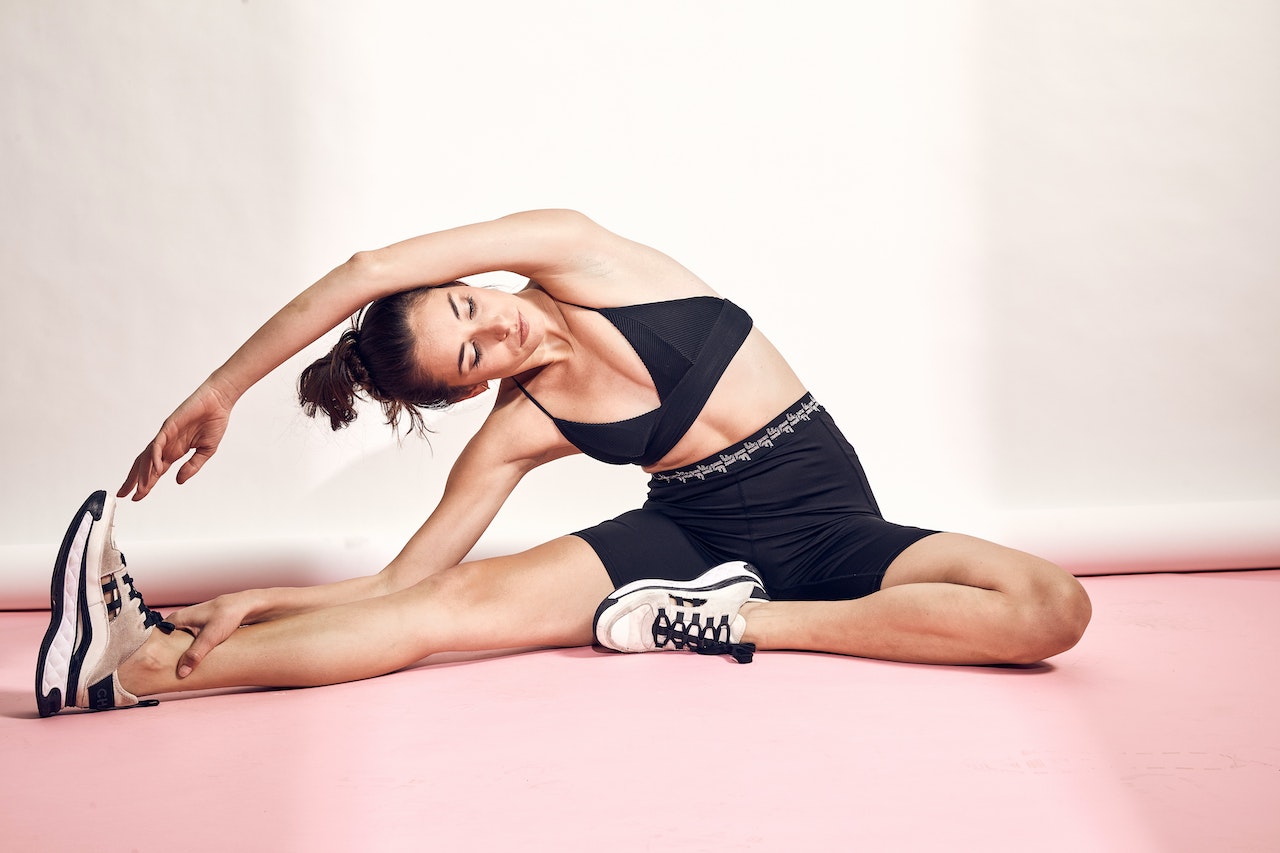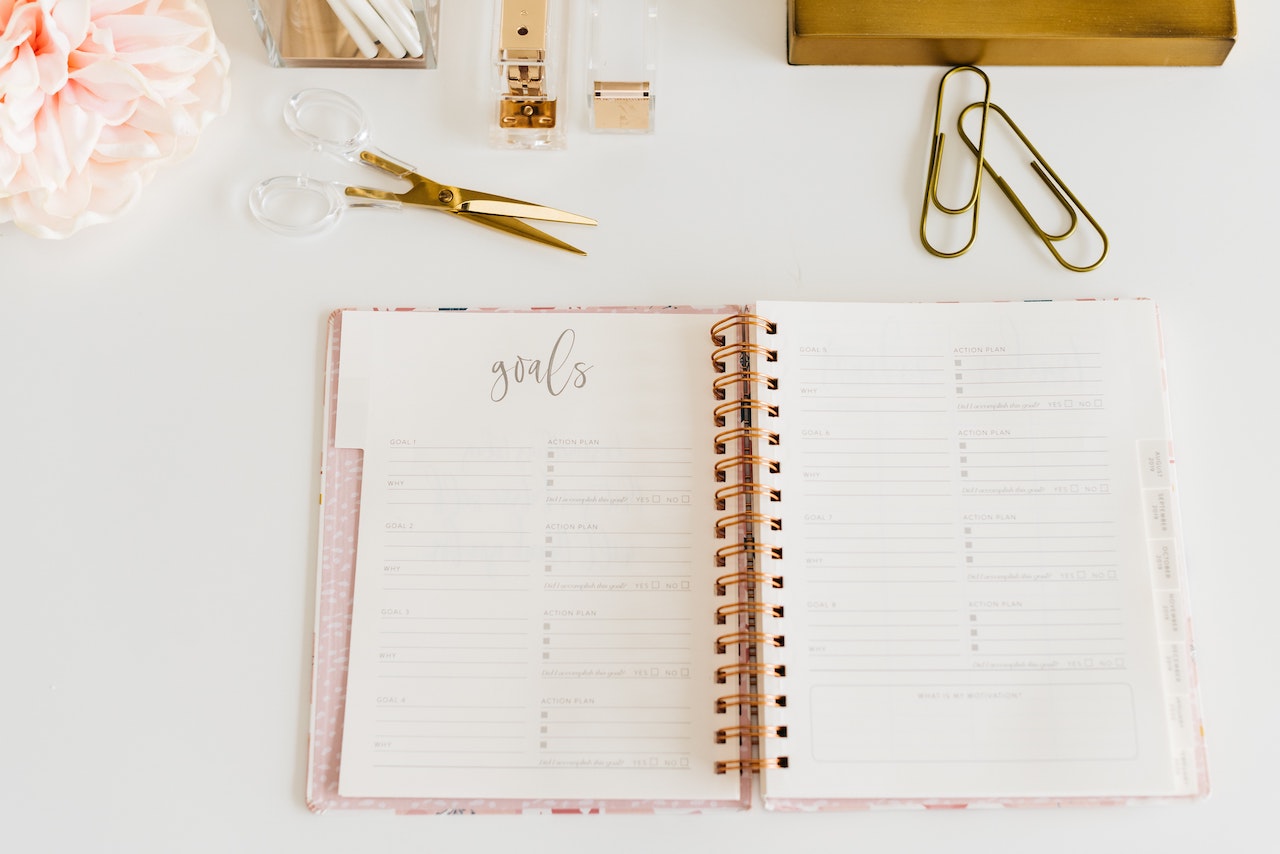Functional Fitness: The Beginner’s Guide
If you’re in the world of health and fitness, you’ve already heard of functional fitness. Maybe you’ve seen the hashtags on Instagram, or videos on TikTok, or maybe you’ve even given it a try at your gym. But why is it such a big trend, and why has it suddenly been building momentum and popping up everywhere lately? Is it really that good for you, and how do you do it?
What is Functional Fitness?
Does this sound familiar? You go to the gym 3-5 days a week carefully crafting lean, mean muscle. Your deadlift is seriously impressive, and your squats are crushing. Then Sunday comes around, and you’re lifting a bag of groceries into the trunk or carrying a suitcase down the stairs, and all of a sudden, something sprains, cracks, or feels off.
It’s because the workouts we’ve been doing since the ’70s and the rise of the body-builder phase are great for staying active, increasing our heart rate, and sculpting some pretty impressive bodies. But these repeated movements in strange positions where we move massive amounts of weight up and down in small increments is just not natural. Unless you typically lay down on a coffee table and bench your girlfriend, and in that case… good for you.
According to the Mayo Clinic, functional fitness exercises mimic the motions you make every day, training your muscle groups to help you do everyday activities easier, more safely, and efficiently.
MayoClinic.org
Functional fitness was created to mimic more natural movements and train your body for life and longevity of flexibility and strength. That’s why it’s called functional fitness… it’s meant to give you more function in your everyday life. That’s why even if you’re an absolute tank in the gym, your personal trainer may recommend adding functional fitness to your routine.
Why it’s Different from Traditional Fitness
To understand why your body responds differently in traditional weight lifting or cardio exercises vs. the new wave of functional fitness, we had to study the absolute experts. For that, we went to the best Sports Medicine Scientists and Kinesiologist in the country.
According to Greg Roskopf, MS, a biomechanics consultant who has worked with athletes from the Denver Broncos, the Denver Nuggets, and the Utah Jazz, “conventional weight training isolates muscle groups, but it doesn’t teach the muscle groups you’re isolating to work with others.”
“The key to functional exercise is integration. It’s about teaching all the muscles to work together rather than isolating them to work independently.”
Greg Roskopf, MS
So what’s an example of a functional exercise? Think of a bent-over row; not the kind of row you do on a seated machine, but the kind you do leaning over a bench, holding the weight in one hand with your arm hanging straight down, and then pulling the weight up as your elbow points to the ceiling, finishing with your upper arm parallel to the ground.
Functional fitness relies on natural body movements such as squats, multi-directional lunges, pushing, and pulling (often holding a weight) to strengthen upper and lower body muscles and stretch limbs. They usually incorporate both balance, lifting, stretching, twisting, and bending in a few combined movements to activate more muscle groups and maintain total body fitness.
Why does it work?
It’s important to know that functional fitness isn’t a complete reinvention of the wheel. In fact, many of the most used moves in functional fitness are moves you already use in strength training, HIIT, or your favorite at-home fitness videos.
“Functional fitness is working out in such a way that prepares you for real-life movements and scenarios,” says Dan Castillo, an instructor at GRIT Bxng, pointing out that moves like squats, lunges, push-ups, and pull-ups fall into the functional exercise category.
“These movements are easily transferred over to real-life scenarios such as getting out of bed, which is rising in a squat, walking up a flight of stairs, which involves lunges, falling and pushing yourself back up, or a push-up motion, and climbing over a fence, or a pull-up.”
The problem is we don’t just squat, lunge, push or pull in our complex and demanding lives. We dance, we stretch, we swim, we drag and lift, and twist and balance. We hang lights above our house and reach for tall places. We lose things under the bed and we chase our kids around the house. We get pulled by our dog, have to be careful as we get out of a tub, and sometimes we literally just fall for no good reason.
Functional Fitness for Athletes
Is functional fitness for everyone? Absolutely.
Functional fitness is highly beneficial for every human body, no matter their current level of fitness because it focuses on training them for the simple everyday movements of life. But for professional athletes, many trainers have begun incorporating functional fitness into their routine utilizing movements that replicate the motions in their respective sport, thus helping them improve their performance.
Functional Fitness for BodyBuilders and Weight Lifters
What if you’re already a power weight lifter and you already do squats, deadlifts, bench presses, push-ups and everything mentioned above. Should you start to incorporate functional fitness into your routine and how do you incorporate it? While you’re already a pro at squats, deadlifts, and bench presses—there are plenty of other exercises that are great for optimizing your fitness – from lunges and rows, to planks and step-ups, countless options fall into the functional fitness category that will add balance and agility to your training, transforming single muscle group exercises into combination ones.
Is Functional Fitness just CrossFit?
CrossFit is definitely the most famous form of functional fitness, but the concept and training method goes far beyond the CrossFit community and can be incorporated by anyone at any level in a gym or at home.
Can I do Functional Fitness at Home?
Functional fitness is all about training natural movements that would exist in your everyday life, so naturally, if you need a complicated gym to do it, that would be totally defeating the purpose. As life movements can happen everywhere, of course, you can train at home.
You probably already have functional fitness equipment at home to use! Equipment like dumbbells, kettlebells, ropes, and medicine balls are all used in functional fitness.
However, you should not begin functional fitness at home. Many functional fitness classes are done in a circuit with a trainer present either individually or watching a group. This is because when you’re first learning these movements that incorporate balance, twisting, lifting, and some jumping or squatting, the likelihood of hurting yourself is much higher than using a weight machine or laying on a bench.
Once you understand the principles behind the positions and movements, you can safely transition your routine to a home gym. But whie you’re still learning, you should have someone watching your form so you’re not actually hurting your knees, wrists or lower back.
What are the benefits of functional fitness training?
Overall, the main health benefit of doing functional fitness training is that it helps you move in everyday life more fluidly and with better posture. These are all of the perks that functional exercises give you:
1. Less injury: While it’s important to begin with a trainer so you don’t get injured while learning functional fitness techniques, after a few months, you’re much less likely to get injured in life! A proper functional fitness program will restore and maintain strength across multiple muscle groups, train your muscles so that you can move better in everyday life, minimizing the risk of injuries, and increasing endurance.
2. You can start at any level: Whether you’re a pro athlete, a bodybuilder, or someone who has very little muscle, or is very overweight, you can start incorporating functional fitness into your routine. A good instructor will have a variety of exercises to help someone overcome physical limitations such as a bad back, sore joints, or other issues. In fact, it’s so universally adaptable, it’s one of the most sought after specialties in the fitness world at the moment.
3. It’s for all ages: Functional fitness is not just for the young and active—according to the Mayo Clinic, it can also be beneficial for older people, as it helps improve balance and agility.
3. You get increased flexibility: Functional fitness strengthens your muscles and your bones, and results in an increased range of both motion and flexibility.
What dose functional fitness look like?
To give you a better idea of just what functional fitness entails, Castillo gives us some of his go-to strength training movements, including those that work on core strength and moves that target multiple muscle groups at once. “Two great push movements are push-ups and squats,” he says. “For pull movements, I love renegade rows and pull-ups.”
1. Push-up: Start off in a plank position with your hands placed directly beneath your shoulders. Keep your feet elevated and shoulder-distance apart. Lower your chest in a controlled manner to the ground and explosively push up to the starting position. Modify by doing this from your knees or using an elevated box or a bench for assistance.
2. Squat: Start with your feet shoulder-width apart or slightly wider and angle your toes out about 20 degrees to allow hips to open at the bottom of the squat, says Castillo. Maintain your weight mostly in your heels and center of the feet, and send your butt back while lowering, keeping the chest upright and open. Allow your butt to lower knee crease level or below for full range of motion. Push through the heels to rise back up.
3. Renegade row: From a plank position or from tabletop as a modification, use dumbbells underneath your shoulders and grip the weights. With your abs tight, pull one dumbbell up to the side of your chest, driving that elbow up to the ceiling while grazing the ribcage on the way up. Lower the weight down back to starting position in a controlled movement. Do the other side.
4. Pull-up: Set your body up directly underneath a pull-up bar. Hop up or step up to the bar and dead hang, positioning your hands slightly wider than shoulder-width apart. Retract your shoulders and pull yourself up towards the bar until your chin fully clears. Keep your abs tight, fleet glued together, and maintain a slightly hollow position with your body. For a modification, try a banded pull-up or a leg-assisted bar pull-up.
Is functional fitness right for you?
Looking for a functional fitness at home workout that you can try at home during the stay at home orders? Try our no-space, no-equipment full body workout.



